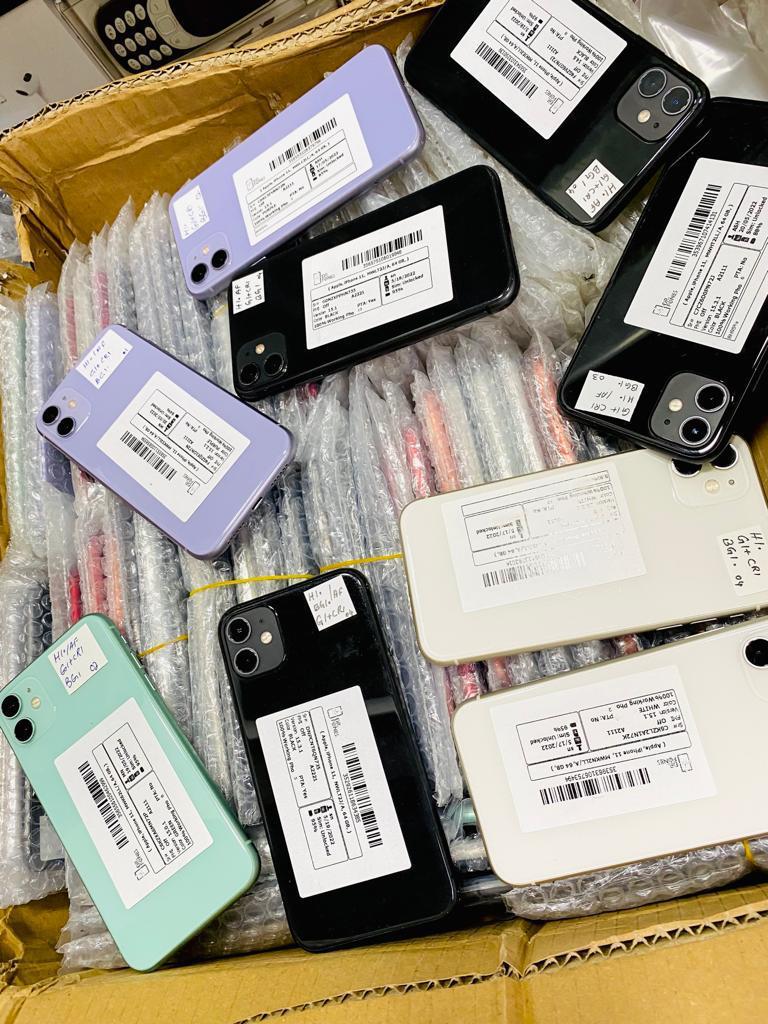Apple unveiled the iPhone 11 in September 2019, and while Apple’s flagship lineup two years later now consists of the iPhone 13 mini, iPhone 13, iPhone 13 Pro, and iPhone 13 Pro Max, the iPhone 11 is still sold as a low-cost option starting at $499.
The iPhone 11 succeeded the iPhone XR, and it features a 6.1-inch LCD display that Apple calls a “Liquid Retina HD Display.” It features a 1792 x 828 resolution at 326ppi, a 1400:1 contrast ratio, 625 nits max brightness, True Tone support for adjusting the white balance to the ambient lighting, and wide color support for true-to-life colors.
Like the iPhone XR before it and other recent iPhone models, the iPhone 11 does not include 3D Touch, instead using Haptic Touch. Haptic Touch is supported across iOS, but it lacks the pressure sensitivity of the 3D Touch feature Apple previously supported.
Design wise, the iPhone 11 features a glass body that comes in six different colors: White, Black, Yellow, (PRODUCT)RED, Purple, and Green.
The iPhone 11 doesn’t look much different than the iPhone XR that preceded it, but at the time of the iPhone 11’s introduction, Apple said it was made from the toughest glass ever in a smartphone at the time and offered improved water resistance (IP68)that has become the standard for iPhones, boosting overall durability. Spatial audiooffers a more immersive sound experience, and Dolby Atmos is supported.
While it can’t match up to Apple’s latest iPhones, the camera system on the iPhone 11 sets it apart from the XR, with Apple introducing a new dual-lens camera that was an improvement over the prior single-lens camera. The camera setup features a standard wide-angle camera and an ultra wide-angle camera with a 120 degree field of view. Unlike the larger Pro and Pro Max phones in Apple’s recent lineups, there is no telephoto camera lens on the iPhone 11.



Reviews
There are no reviews yet.